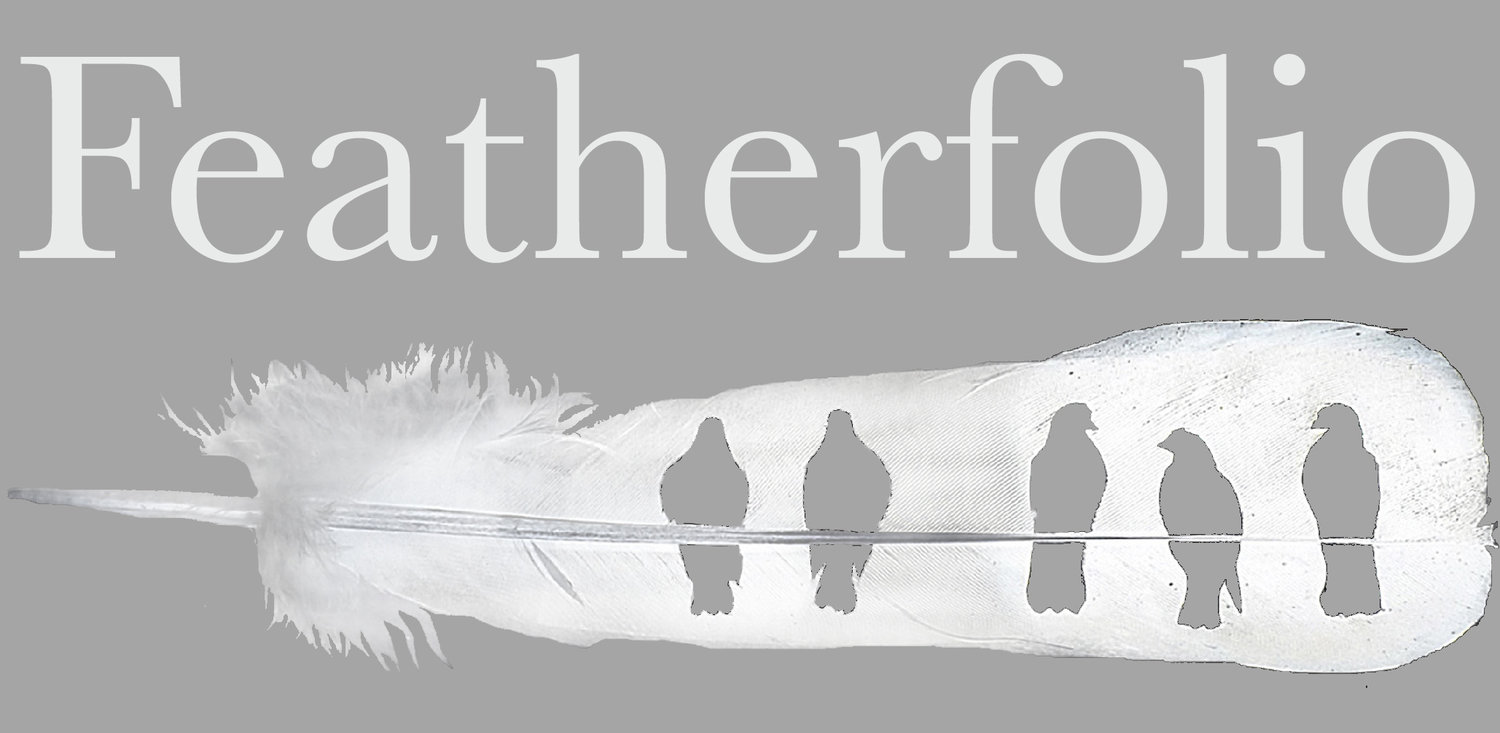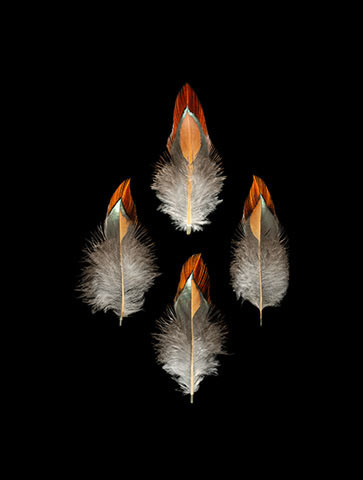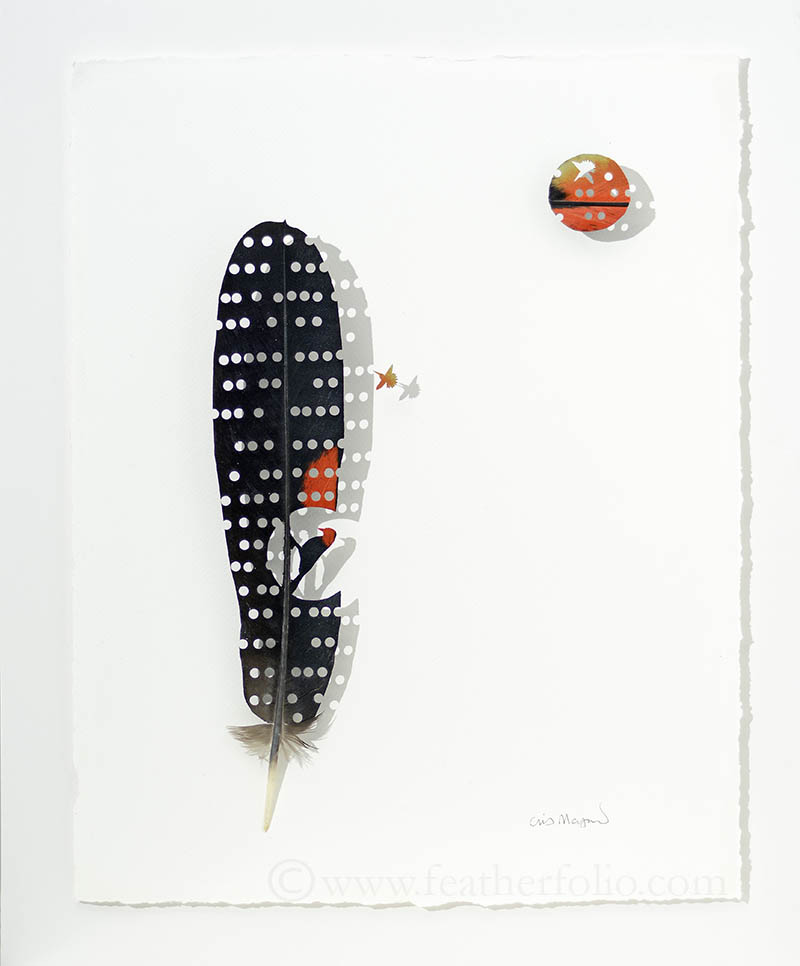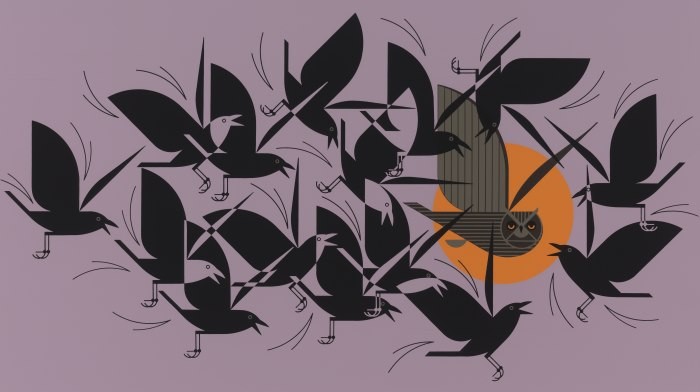Often your feather is not in the best shape. It can be trampled or tossed about by wind or wave and become frayed and tattered looking. The feather’s barbs and barbules (branches coming off the shaft) have little microscopic Velcro-type hooks which usually keep the them together and make a flat and even surface, the vane. But the hooks can come apart. You can often fix even really tattered feathers with steam. Though steam won’t repair a feather with worn down parts or missing pieces, it fixes feathers with barbs that don’t zip back together, repairs twisted and wavy feathers, and straightens out unnatural bends and curls.
A steam iron works well, but I like to use the steaming spout of a teapot. Just be careful—use a glove so you don’t get scalded. You are really using a combination of heat and steam. Move the feather slowly back and forth in the steaming spout for a few seconds. Pinch the barbs next to the shaft and gently squeeze, then pull away toward the feather’s edge—in the same direction a bird preens. This YouTube video gives you the idea in about a minute and a half, though it goes for eight minutes.



















